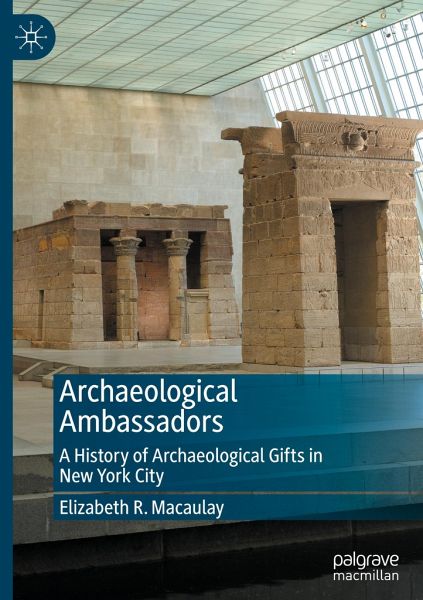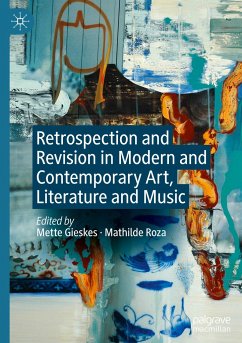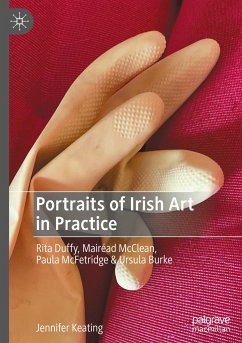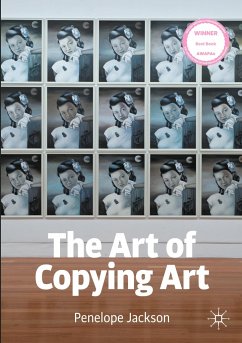
Archaeological Ambassadors
A History of Archaeological Gifts in New York City
Versandkostenfrei!
Versandfertig in 6-10 Tagen
91,99 €
inkl. MwSt.
Weitere Ausgaben:

PAYBACK Punkte
46 °P sammeln!
This book investigates why nations with rich archaeological pasts like Egypt, Greece, and Jordan gave important antiquities-often unique, rare, and highly valued monuments-to New York City, New York Institutions, and the United States from 1879 to 1965. In addition to analyzing the givers' motivations, the author examines why New Yorkers and Americans coveted such objects. The book argues that these gifted antiquities function as archaeological ambassadors and that the objects given were instruments of cultural diplomacy. These gifts sought to advance the goals of Egypt, Greece, and Jordan-all...
This book investigates why nations with rich archaeological pasts like Egypt, Greece, and Jordan gave important antiquities-often unique, rare, and highly valued monuments-to New York City, New York Institutions, and the United States from 1879 to 1965. In addition to analyzing the givers' motivations, the author examines why New Yorkers and Americans coveted such objects. The book argues that these gifted antiquities function as archaeological ambassadors and that the objects given were instruments of cultural diplomacy. These gifts sought to advance the goals of Egypt, Greece, and Jordan-all states that had rich cultural and archaeological heritages-with the United States, once an ascendent nation and then a global superpower, to strengthen cultural, economic, and political relations.














